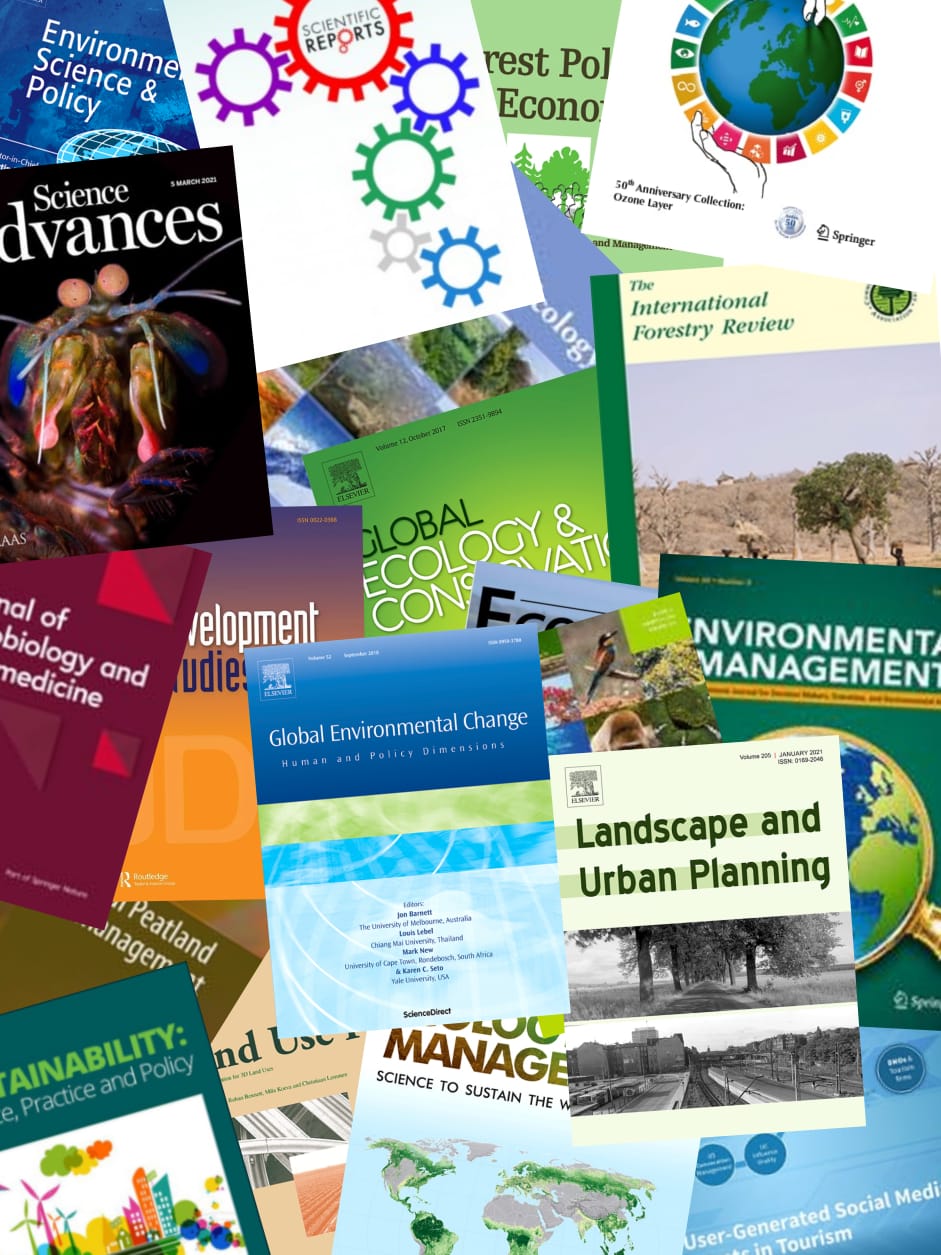The Bawean Serpent-eagle Spilornis baweanus is endemic to the 190 km super(2) island of Bawean in the Java Sea (Indonesia) where it is the only resident diurnal raptor. A 15 day study in 2002 revealed that the species is present in small numbers throughout the island. The eagle's abundance was assessed by an island-wide survey and by sampling 28 1 km super(2) plots covering five habitat types. There was a strong positive correlation between abundance and contact time in plots. Compared with other habitat types, the number of, and contact time with, serpent-eagles was higher in tall forest. The species was not recorded in mangrove and coastal forest. There was no correlation between the eagle's abundance and the nearest distance to villages. Based on the distribution of forest and the abundance of adult pairs within these forests, the available habitat totals 92 km super(2), in which some 60-75 adult serpent- eagles remain. Semi-structured interviews with the islanders revealed that recreational hunting poses the largest threat to the survival of the Bawean Serpent-eagle, and that the increase in recreational hunting was a relatively recent phenomenon. The forest on Bawean, including that in two reserves, is poorly protected and illegal logging and burning are widespread. The low degree of habitat protection, the severe threat posed by hunting and the very small population size of the eagle qualify the species to be included in the IUCN Red List as Critically Endangered. In order to safeguard the Bawean Serpent-eagle hunting must be stopped immediately and the remaining habitat needs to be better protected. This is probably best achieved by a conservation body in which local and regional authorities and NGOs cooperate.
View source

